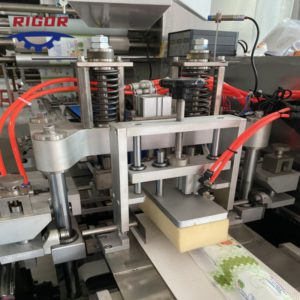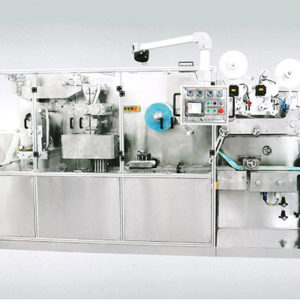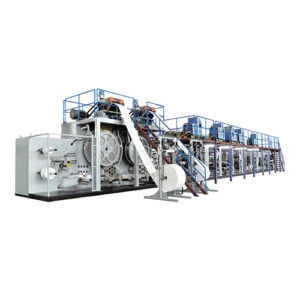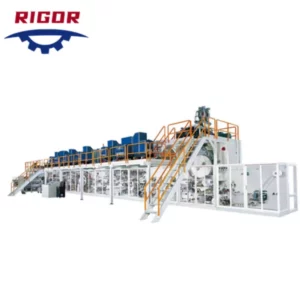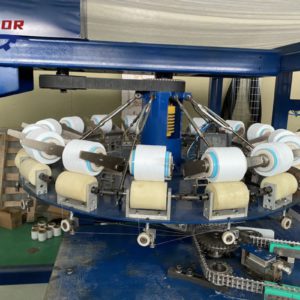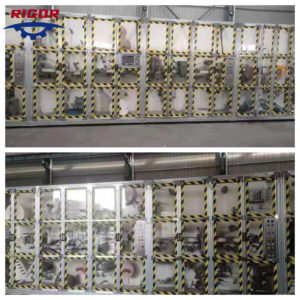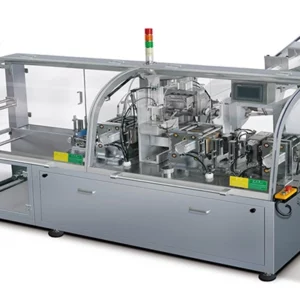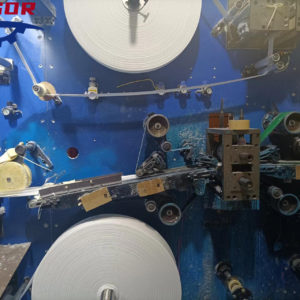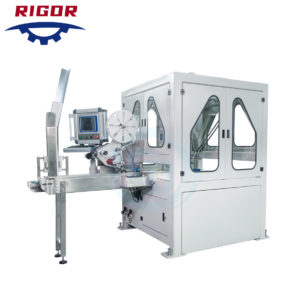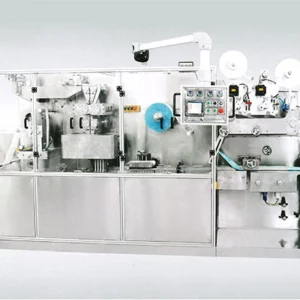Making your own reusable or disposable diapers can be more sustainable and cost-effective than buying commercial brands. However, manufacturing diapers at any scale requires specialized machines to ensure consistent quality and productivity.
While reusing fabrics and materials can make for more sustainable diapers, specialized machines play a critical role in manufacturing diapers at any scale. They help process raw materials into components like absorbent cores and leg/waist elastic consistently and precisely. This article covers the main types of machines needed to produce various components of baby diapers.

Materials For Manufacturing Baby Diapers
Before getting into the baby diaper machine machinery, you first need to decide on the main materials for your diaper design. The options include:
- Nonwoven fabrics – The most common material used as the outer covering and absorbent core of disposable diapers. Nonwoven fabrics can be made from various fibers.
- Cotton – A natural fabric often used for the outer covering and absorbing layer of reusable cloth diapers. Breathable and skin-friendly.
- Fluff pulp – A highly absorbent material derived from wood or cotton fibers. Used as the absorbent core in diapers.
- Plastic backsheets – Made of polyethylene or polypropylene films. Acts as the waterproof outer lining in disposable diapers.
- Tapes and Elastic – Elements that secure the diaper on the baby. Can be made from various materials.
Different machines are needed to process these raw materials into the components of a finished diaper.
Machines For Making Diaper Components
The main types of machines required for baby diaper manufacturing are:
Nonwoven Fabric Making Machines
These produce the outer covering and absorbent core layers of diapers from fibers using techniques like spunbonding, meltblown and airlay. They are essential for producing multilayered nonwoven composite fabrics.
Cutting and Punching Machines
Used to cut nonwoven fabrics, backsheets, elastic tapes and other diaper components into specific shapes and patterns at high speed. Cutters are often designed for specific materials.
Ultrasonic Welding Machines
Used to join diaper parts like the outer covering and absorbent core layer together using high frequency vibrations that melt thermoplastic materials. Gives a seamless bond.
Elastic Attaching Machines
Attach elastic tapes to diaper parts to secure the diaper on the baby. Done by stitching, ultrasonic or heat bonding methods using appropriate machines.
Fluff Pulp Spreading Machines
Spread fluff pulp into an even layer of desired thickness and density for use as absorbent cores. Pad former machines are commonly used for this process.
Packaging and Quality Testing Equipment
Also required to seal finished diapers in bags or wrap while conducting quality checks like leak tests. Helps ensure consistent product quality.
The scale of operation of machines for manufacturing baby diapers – from small home-based to large commercial – determines the type and complexity of machinery needed. Automated machines that handle multiple steps can improve productivity but cost more initially. Simple handheld tools may suffice for making small batches.
